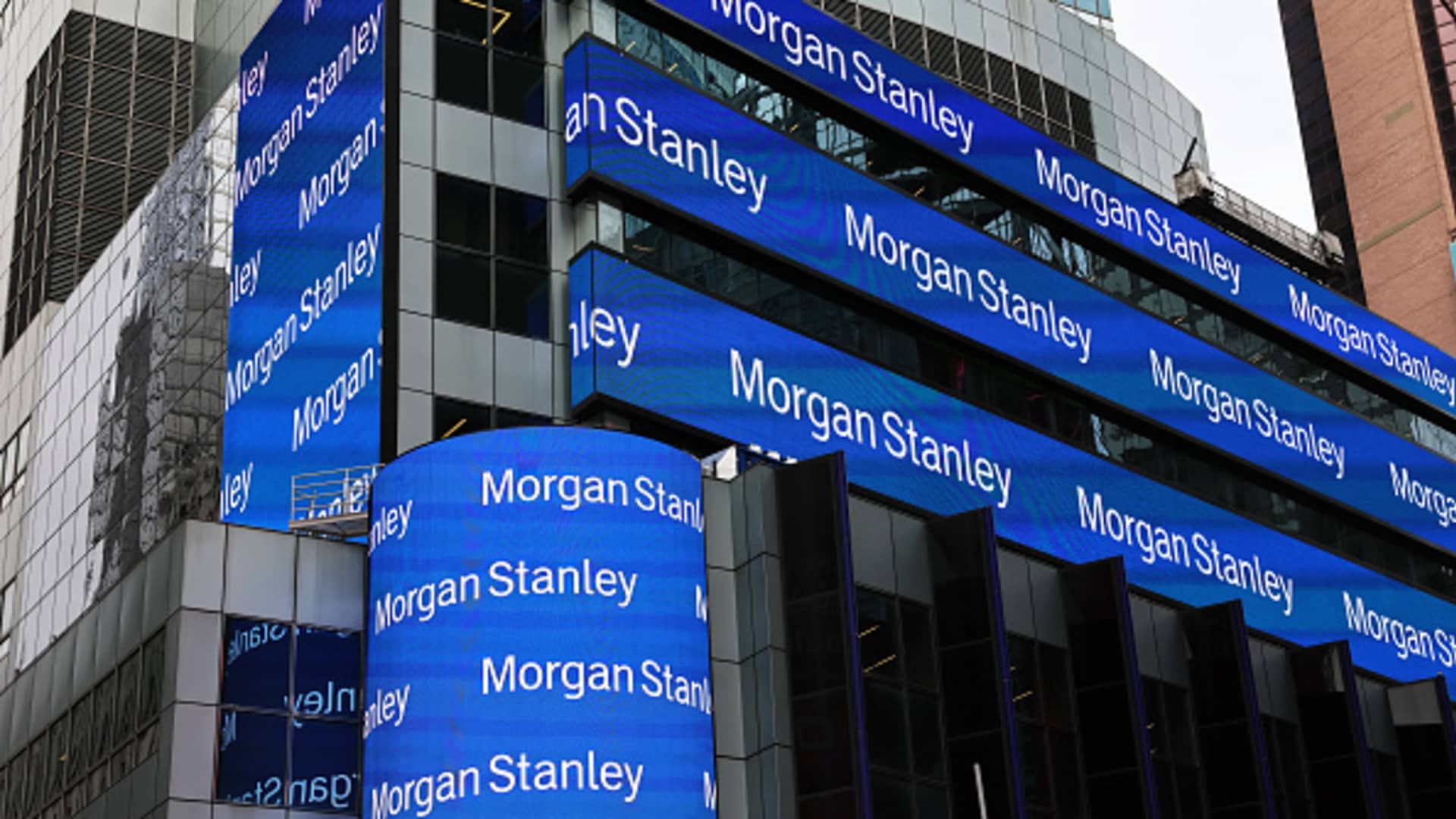Rishika Aradhya, Pune
Late on Wednesday, brokerage company Morgan Stanley upgraded India’s outlook to “overweight,” saying that it thought the nation was just beginning a long-wave boom. This occurs four months after the company on March 31 changed India’s outlook from underweight to equal weight.
An overweight view indicates that Morgan Stanley anticipates higher future performance for India’s economy.
According to a report from Morgan Stanley, the country’s macroeconomic indicators are still strong, and India’s economy is on track to reach the GDP prediction of 6.2%.
According to the report, structural reforms, supply-side reforms like corporate tax cuts and production-linked incentive (PLI) schemes, as well as regulation and formalization of the economy, have all led to major changes in India.
According to analysts at Morgan Stanley, a young demographic profile is encouraging equities inflows. “We observe a secular tendency toward persistent earnings per share (EPS) growth that is superior to EM over the cycle”, they continued.
With this upgrading, India has risen to the top spot among emerging markets (EMs), according to the brokerage.
Morgan Stanley has also downgraded China to equal weight. The outperformance of the Indian markets over China was cited by Morgan Stanley analysts as evidence of a structural breakout in favor of New Delhi. “We believe it is appropriate to downgrade China to “equal weight” and restore India to an “overweight” rating,” they added.
The business added that it anticipates the BSE Sensex benchmark index to hit 68,500 points by December. In contrast to the 25-year average of 20 times, it was stated that the Sensex will trade at a price-to-earnings ratio of 20.5 times.
According to Morgan Stanley’s view, the premium over the historical average implies increased confidence in medium-term growth.
The target set by Morgan Stanley for the Sensex is dependent on a number of variables, including the absence of significant increases in commodity prices, the US’s escape from a recession, and the Reserve Bank of India’s continued hold on raising repo rates.
